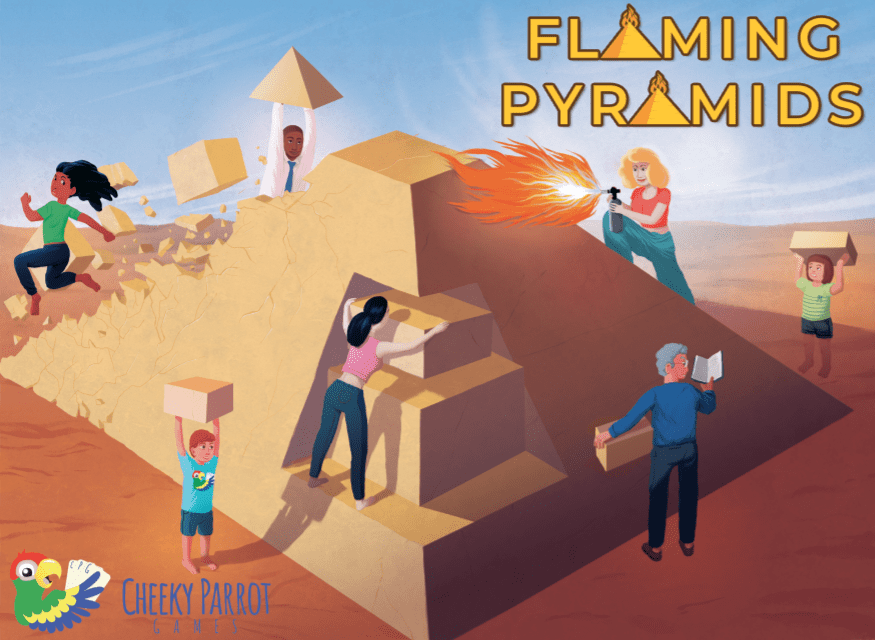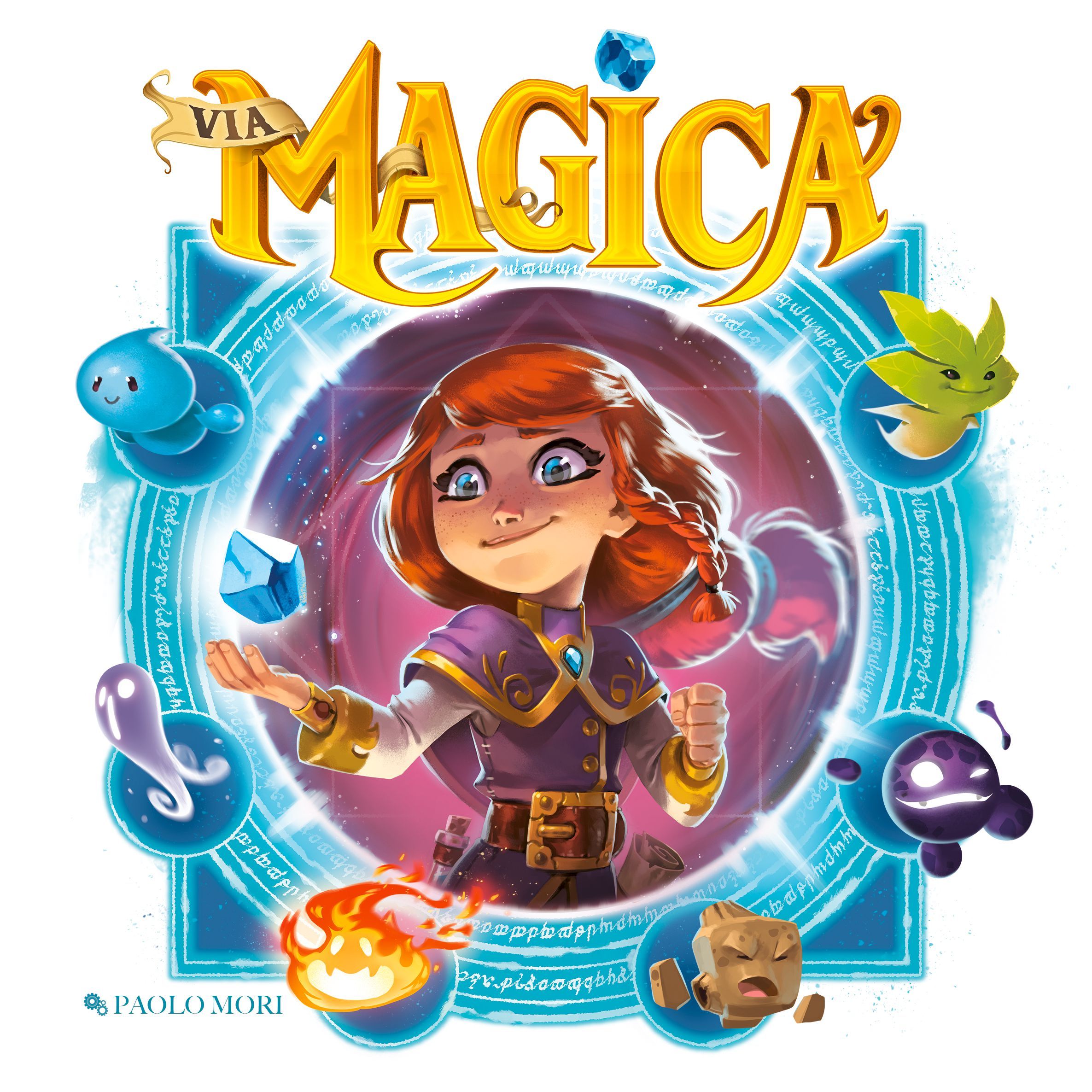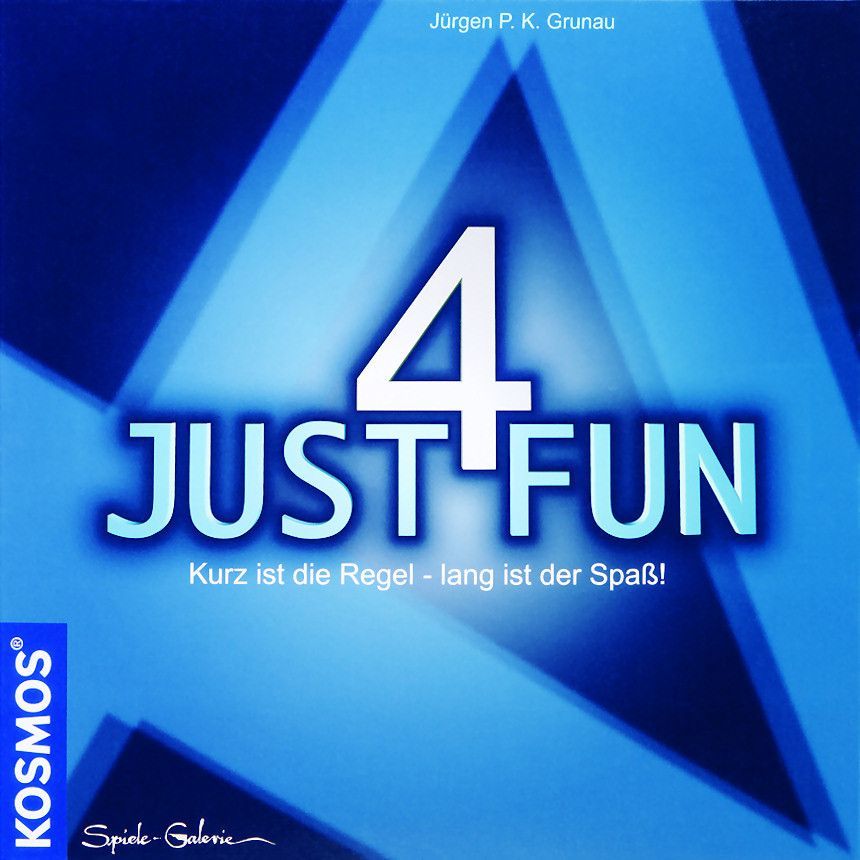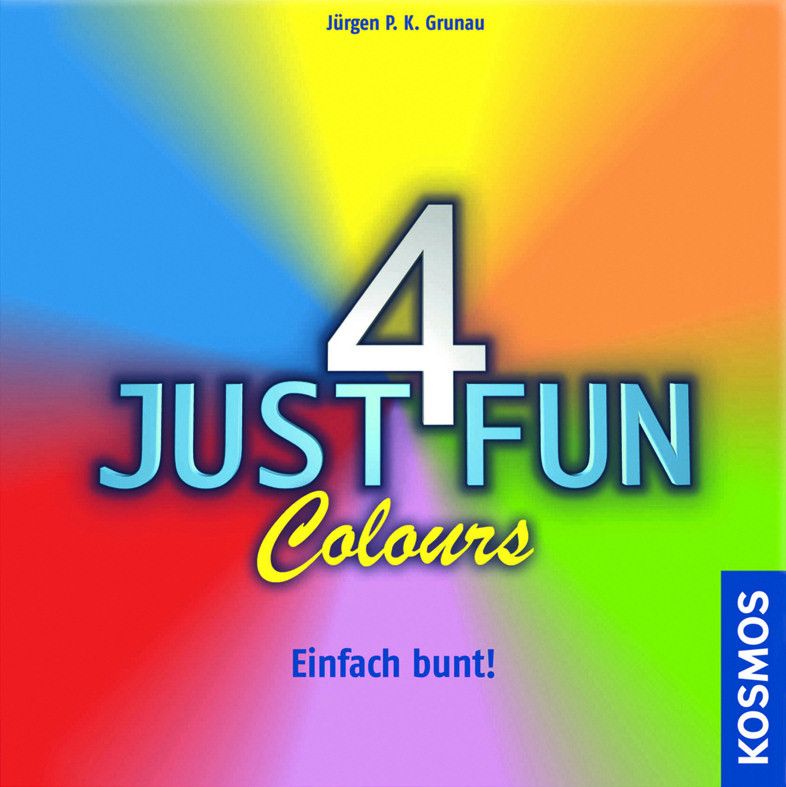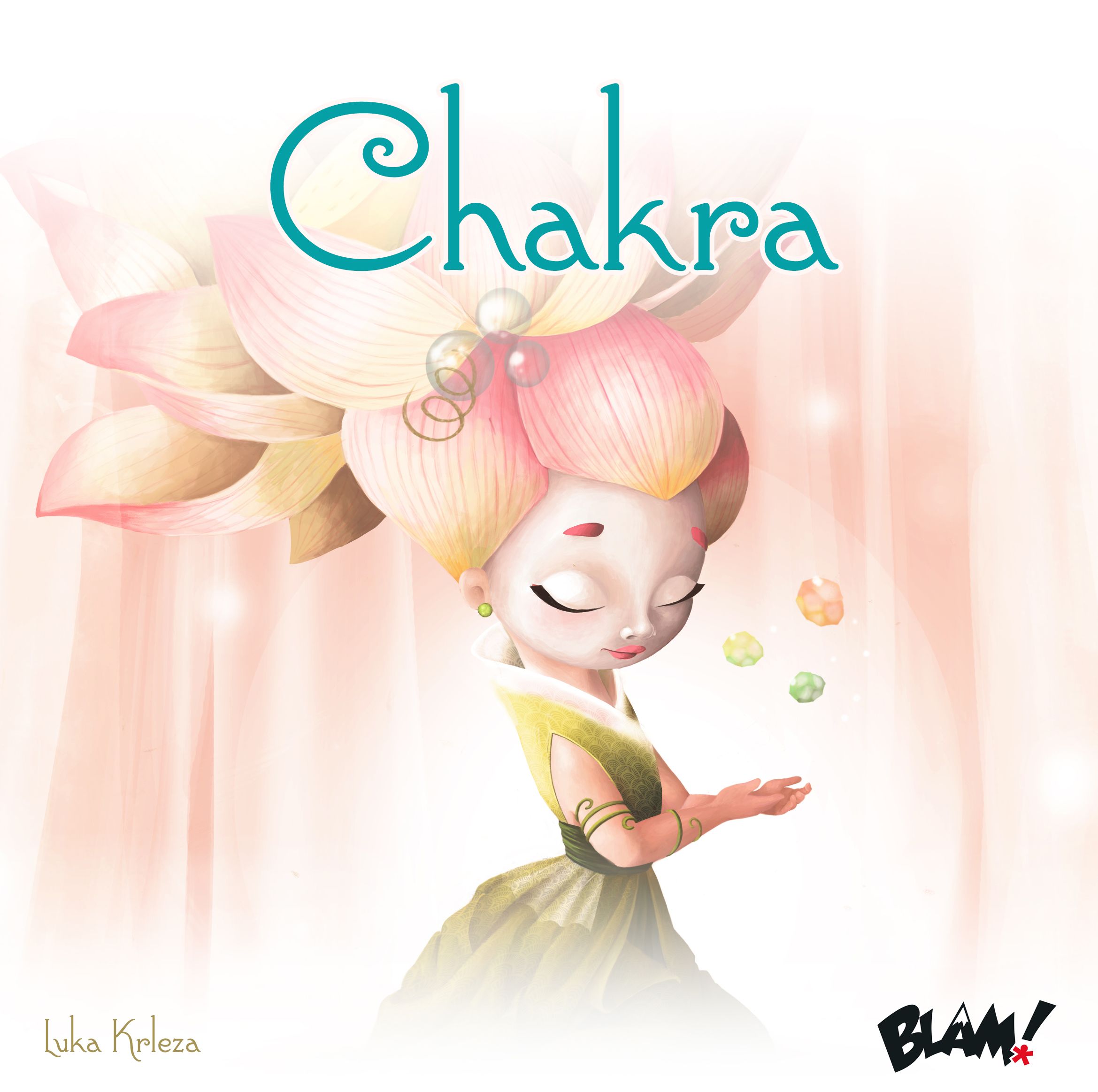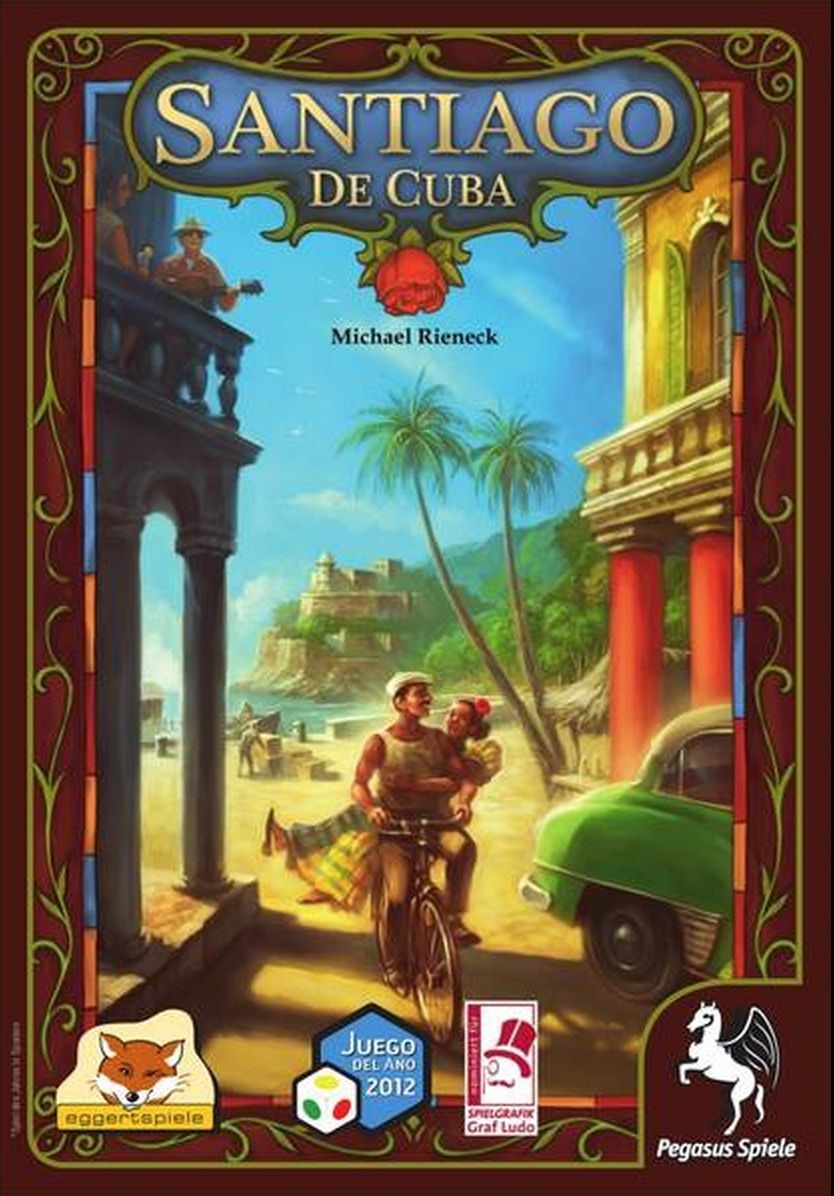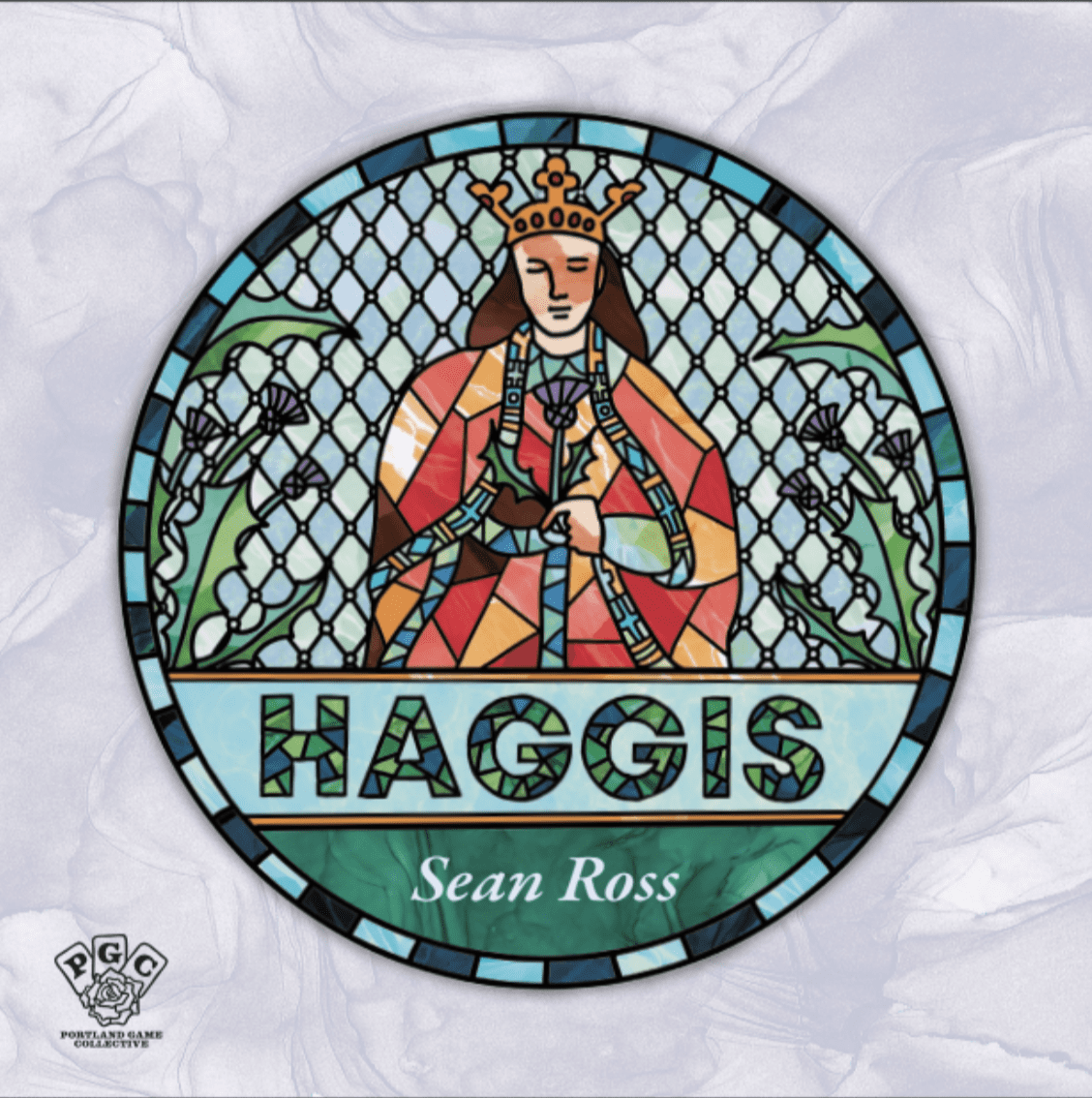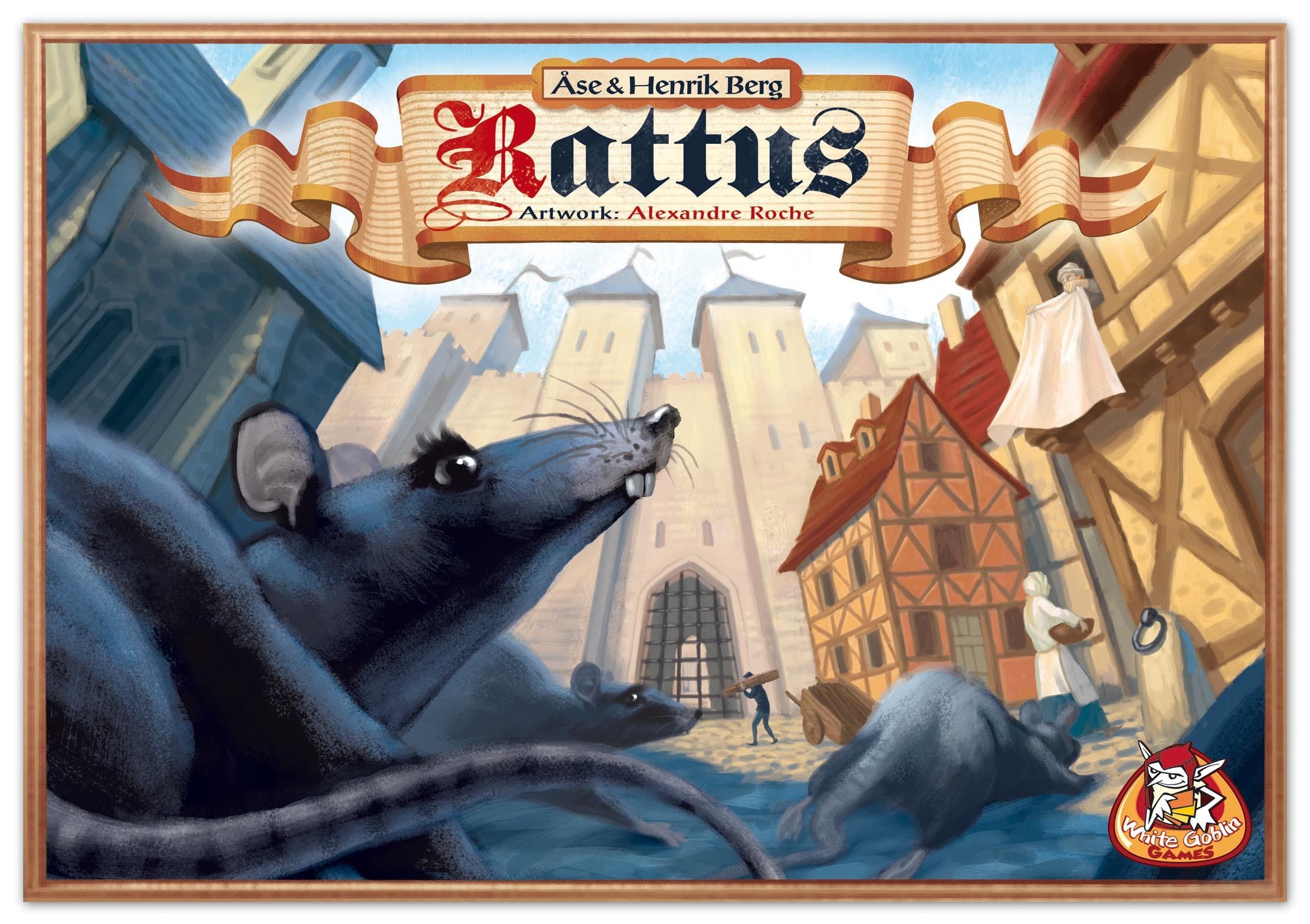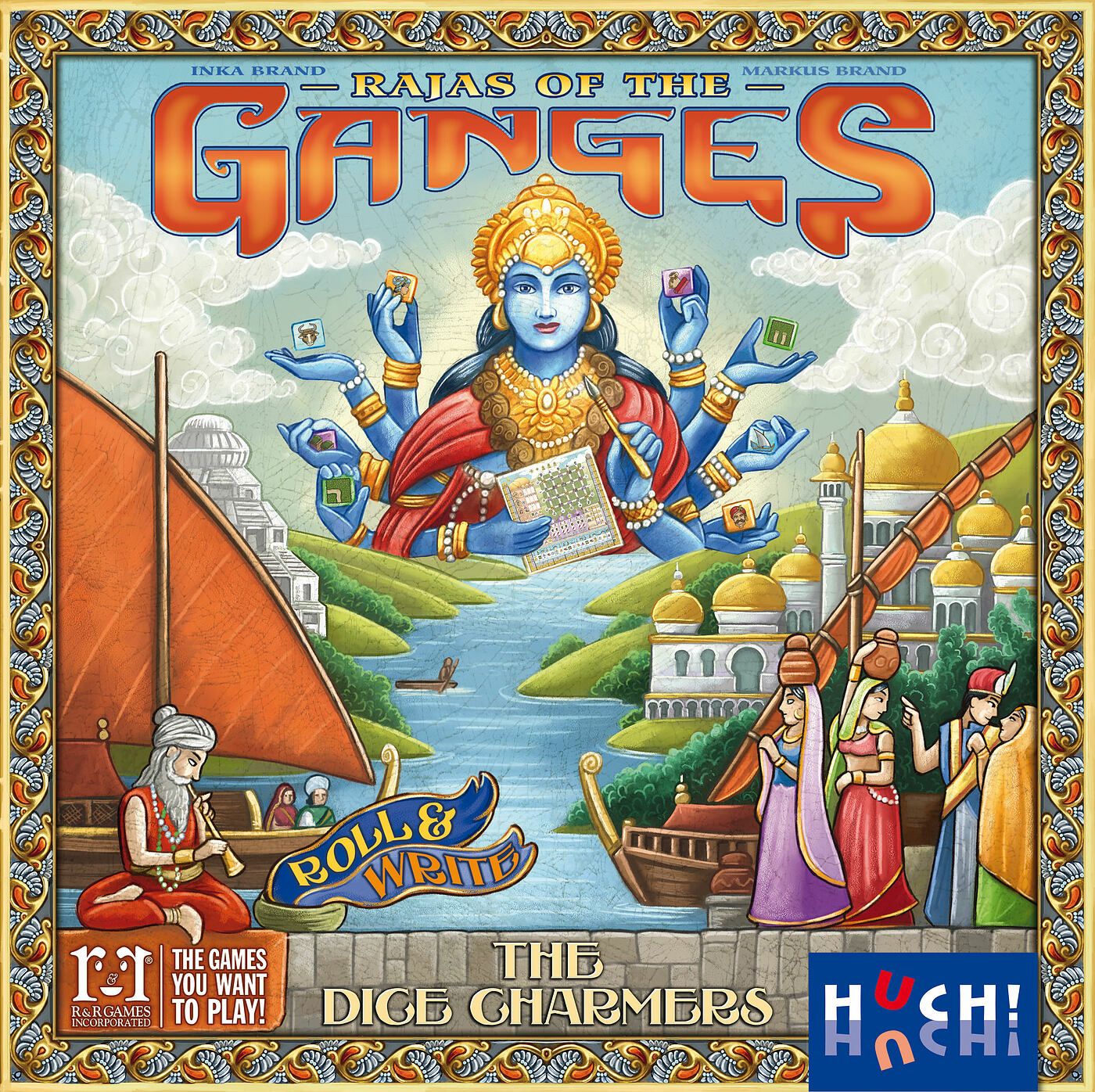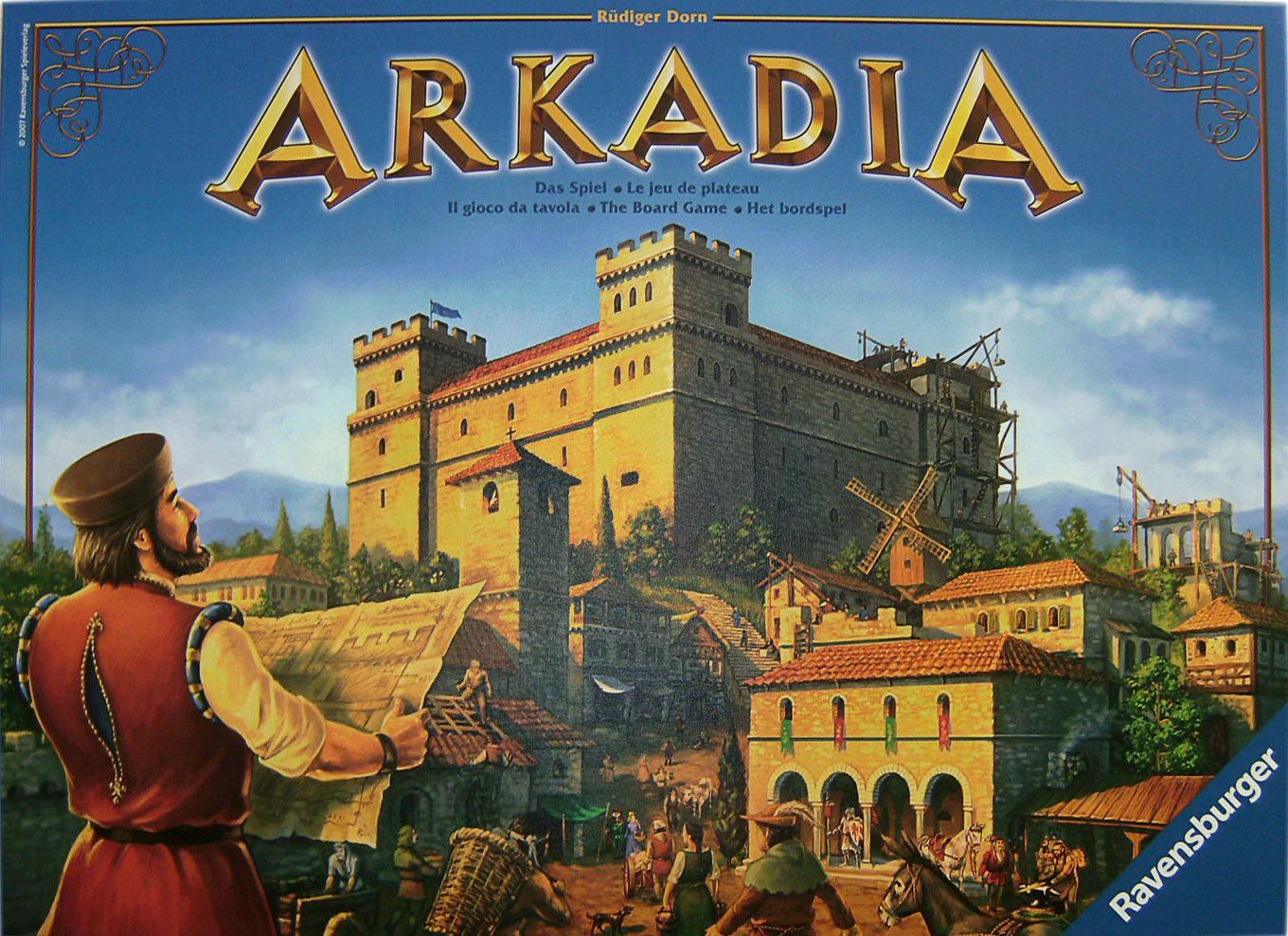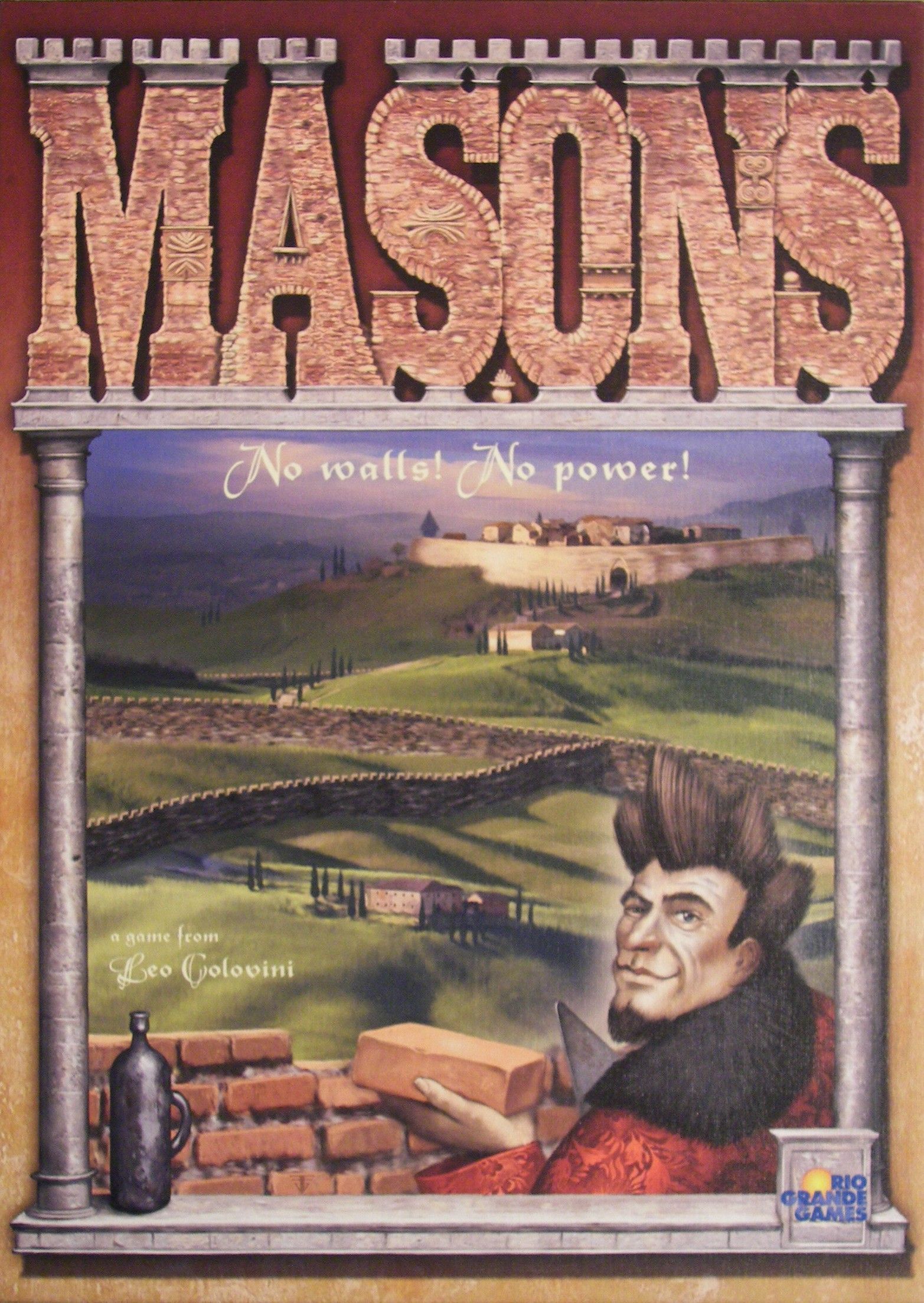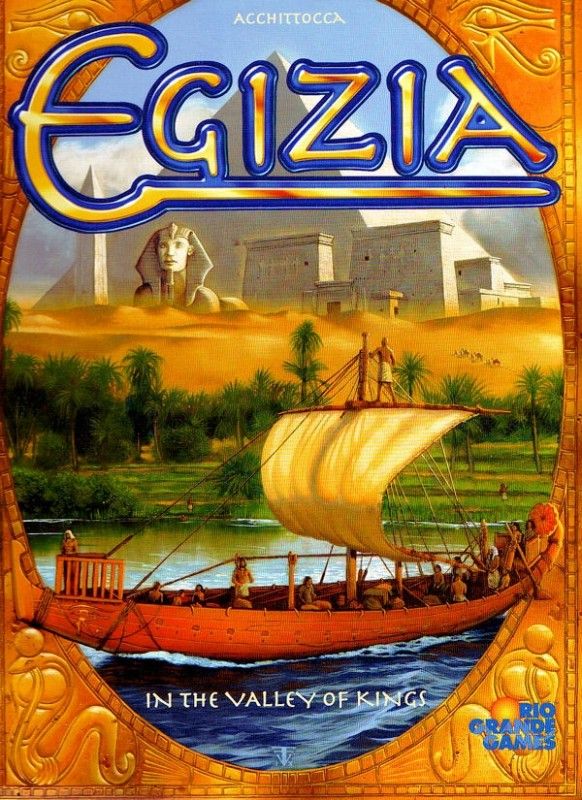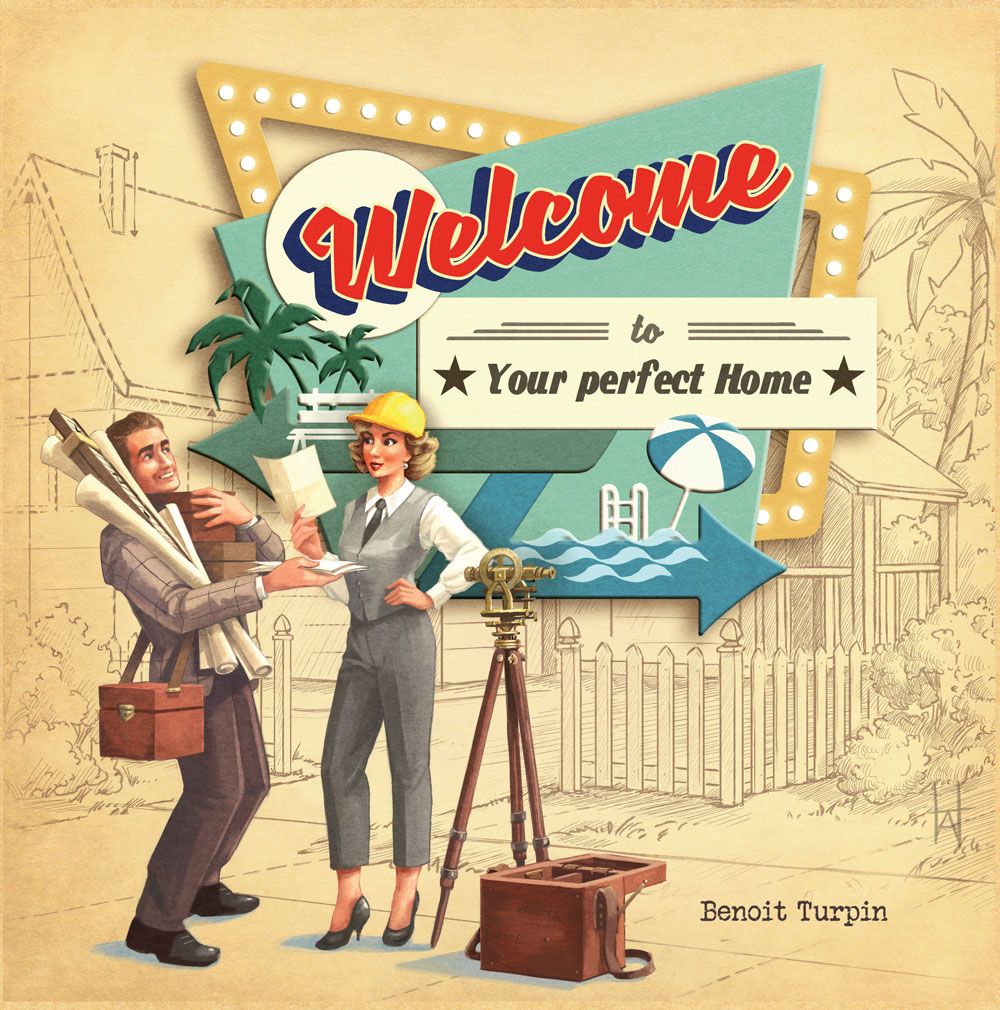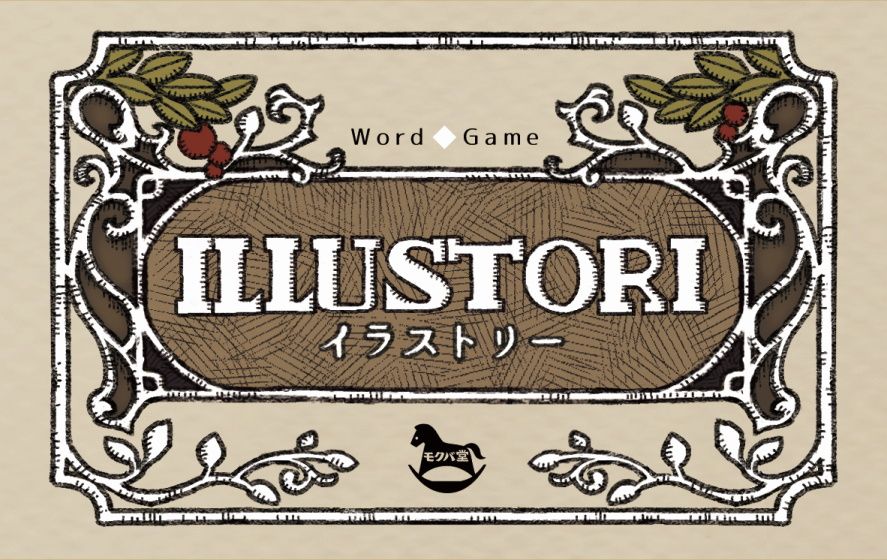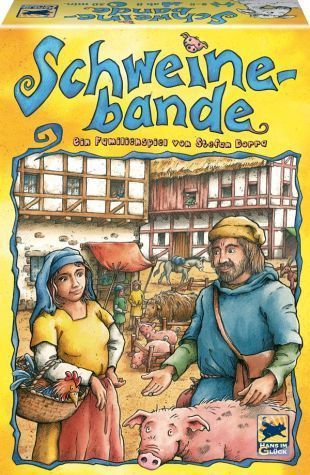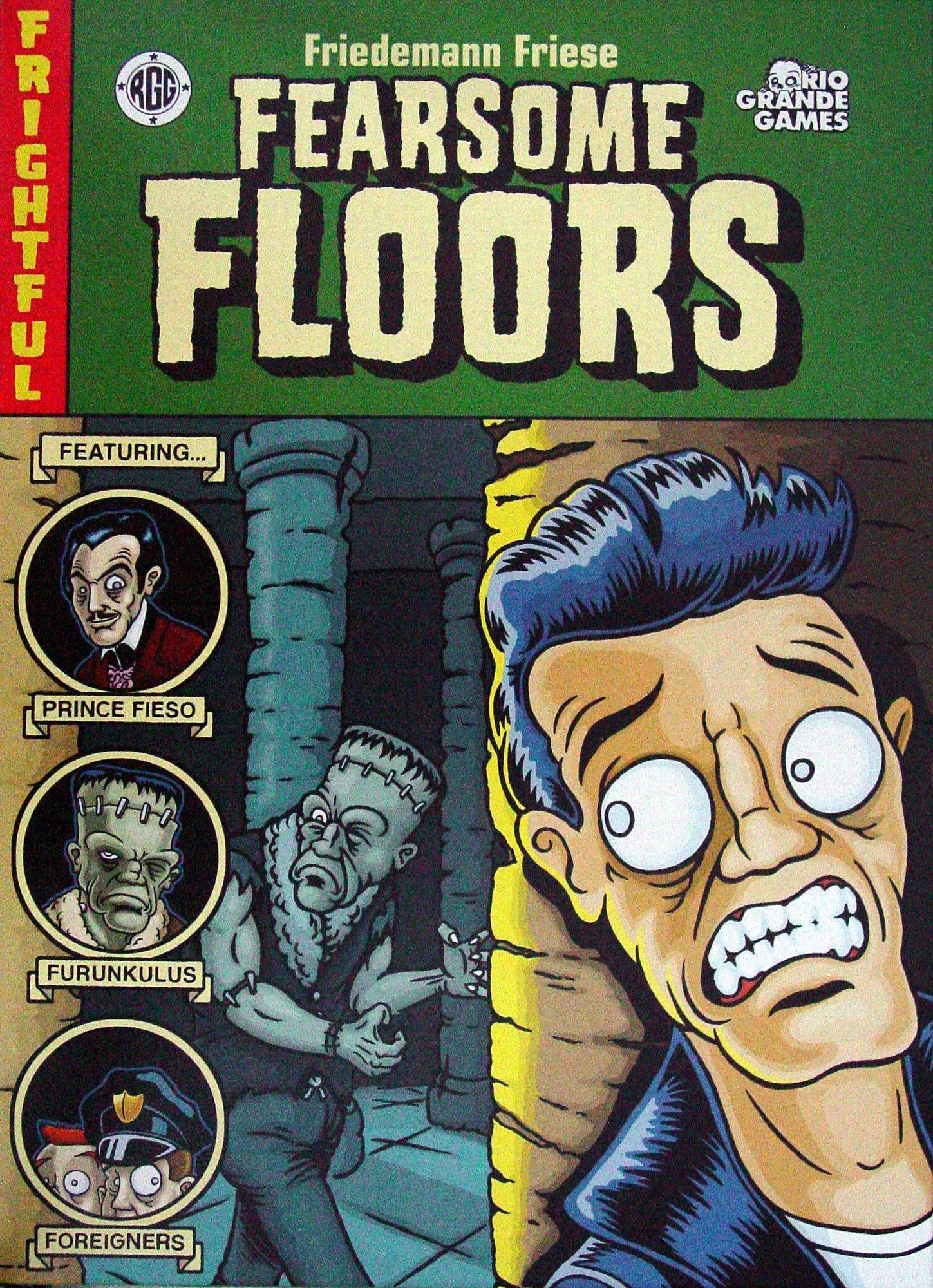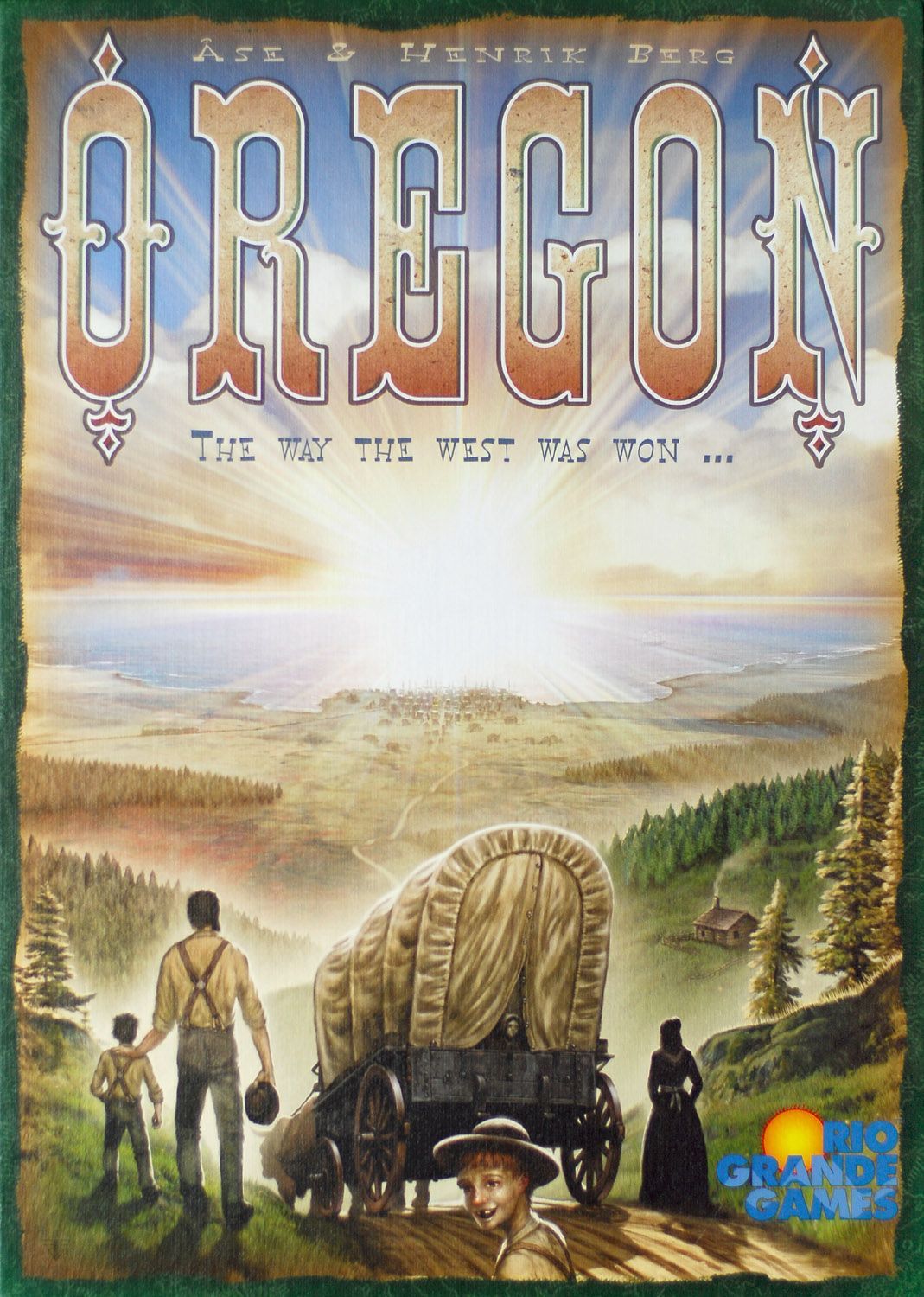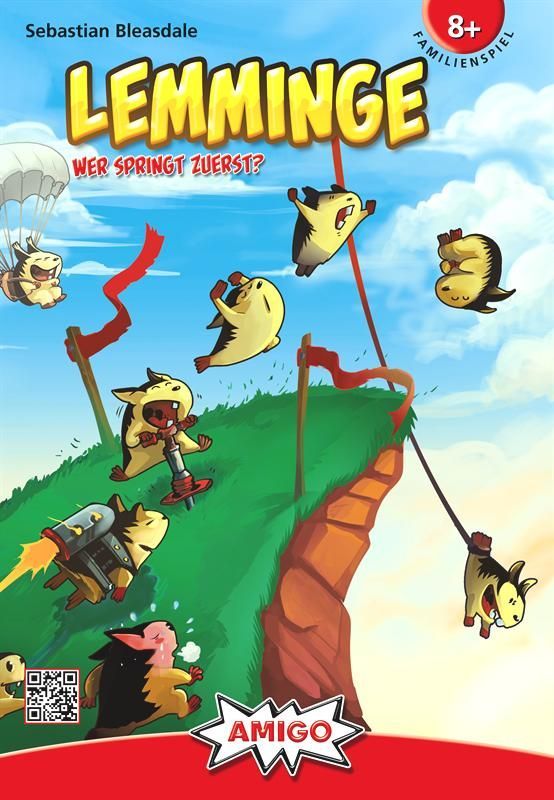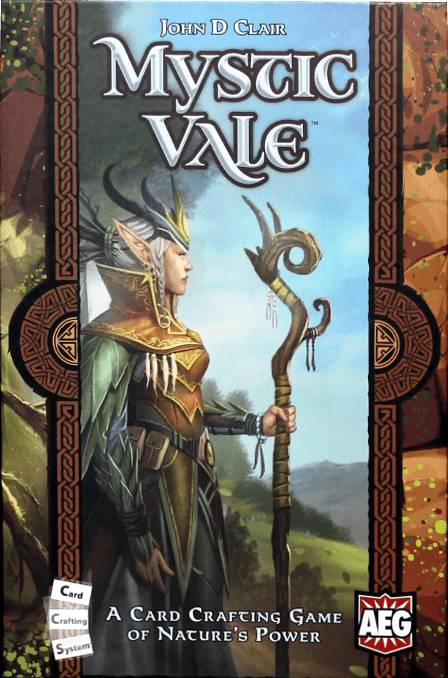Flaming Pyramids BGG
genre:
Educational
/
Humor
…
platform:
Boardgame
publisher:
Cheeky Parrot Games
The residents of Huia Street are clearing their closets, looking for unwanted household items for the big community garage sale. A pile is building up on the empty section but there are troublemakers lurking, causing rather unneighborly collapses. And why does little Susie have a blowtorch? Geez, you just want to get rid of your junk!
In Flaming Pyramids, players are building one pyramid together using square tiles, but each player is trying to be the first to get rid of their own tiles.
There are 40 regular tiles with a unique combination of color, number, and material. Except toward the end of the game, players have a hand of five tiles from which to choose, but they are constrained by the building regulations and the luck of the draw. There are also four tiles that can cause fires and one extra-heavy "wild" tile: these can be harder to place without causing extensive damage the later they emerge. If your placed tile causes mayhem (a collapse, fire, or explosion), the damaged tiles go back in your supply.
Flaming Pyramids can be played as a friendly, casual game, an easy starter or filler, or as no-holds-barred multi-round competition.
The first edition (with straw, wood and rocks instead of household items) is available to play for free on the Board Game Arena platform: https://boardgamearena.com/gamepanel?game=flamingpyramids
In Flaming Pyramids, players are building one pyramid together using square tiles, but each player is trying to be the first to get rid of their own tiles.
There are 40 regular tiles with a unique combination of color, number, and material. Except toward the end of the game, players have a hand of five tiles from which to choose, but they are constrained by the building regulations and the luck of the draw. There are also four tiles that can cause fires and one extra-heavy "wild" tile: these can be harder to place without causing extensive damage the later they emerge. If your placed tile causes mayhem (a collapse, fire, or explosion), the damaged tiles go back in your supply.
Flaming Pyramids can be played as a friendly, casual game, an easy starter or filler, or as no-holds-barred multi-round competition.
The first edition (with straw, wood and rocks instead of household items) is available to play for free on the Board Game Arena platform: https://boardgamearena.com/gamepanel?game=flamingpyramids
